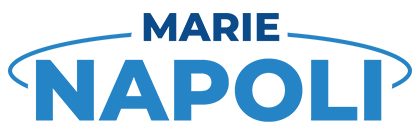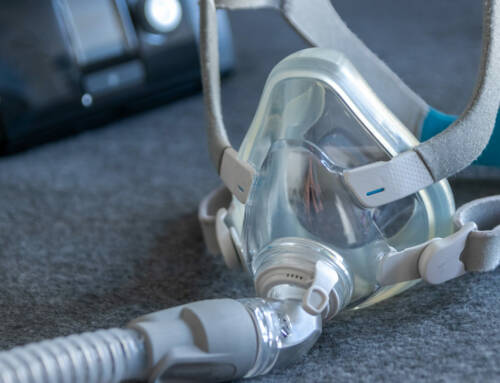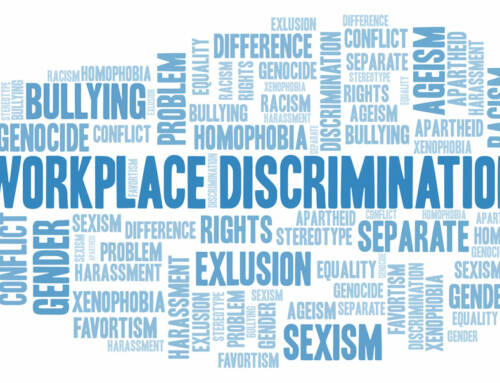Napoli Shkolnik is leading a federal lawsuit aimed at establishing a medical monitoring fund for current and former residents of Bethpage, NY, on Long Island, who may have been affected by air pollution caused by Grumman’s aerospace facility there. The lawsuit stems from discovery in a parallel lawsuit seeking damages for the effects of soil and groundwater pollution, in which plaintiffs’ attorneys, including Napoli Shkolnik, discovered the company had reported emissions of toxic chemicals from its chimneys to the EPA.
A medical monitoring fund doesn’t involve a lump-sum payment to victims. Rather, it sets up funding for ongoing testing and medical evaluation aimed at detecting and treating the possible effects of exposure to pollution early. In this case, the evidence suggests that Bethpage residents were exposed to excessively high levels of trichloroethylene and hexavalent chromium, both known carcinogens, as well as other toxic chemicals.
Because these chemicals can cause a wide array of cancers, those who may have been exposed need screenings earlier in life, and with greater frequency, than the general population. A medical monitoring fund is essential since those screenings may not be covered by insurance, and in the event that they lead to a diagnosis, establishing the fund is a first step toward securing compensation from Grumman for actual harm.
Litigating cases involving legacy pollution is complex, in part because it can be challenging to show a direct causal link between pollution that was emitted into the environment decades ago and health impacts that showed up years afterward. In addition to providing healthcare for those who may have been impacted, however, a medical monitoring fund helps to gather data that can help to draw that link, benefiting plaintiffs in ongoing legal action against a polluter.






